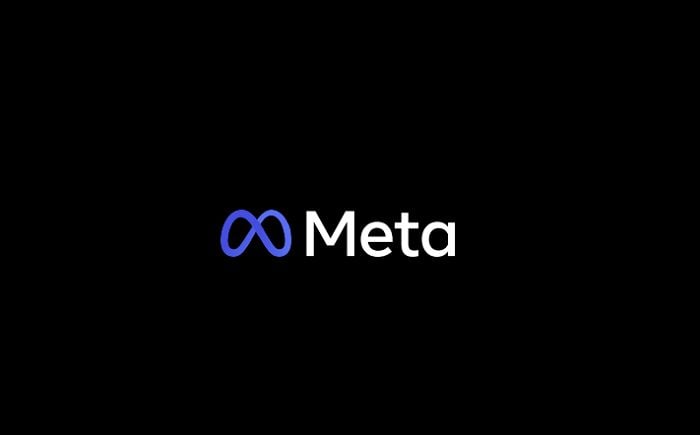Meta’s facing more questions over its CSAM enforcement efforts, after new investigations found that many instances of child abuse content are still being distributed throughout Meta’s networks.
As reported by The Wall Street Journal, independent research groups, including The Stanford Internet Observatory and The Canadian Centre for Child Protection, have tracked various instances of groups distributing child sexual abuse across Facebook and Instagram.
As per WSJ:
“The tests show that the problem extends beyond Instagram to encompass the much broader universe of Facebook Groups, including large groups explicitly centered on sexualizing children. A Meta spokesman said the company had hidden 190,000 groups in Facebook’s search results and disabled tens of thousands of other accounts, but that the work hadn’t progressed as quickly as it would have liked.”
Even more disturbing, one investigation, which has been tracking CSAM Instagram networks (some of which amassing more than 10 million followers), has found that the groups have continued to live-stream videos of child sex abuse in the app even after being repeatedly reported to Meta’s moderators.
In response, Meta says that it’s now working in partnership with other platforms to improve their collective enforcement efforts, while it’s also improved its technology to identify offensive content. Meta’s also expanding its network detection efforts, which identify when adults, for example, are trying to get in contact with kids, with the process now also being deployed to stop pedophiles from connecting with each other in its apps.
But the issue remains a constant challenge, as CSAM actors work to evade detection by revising their approaches in line with Meta’s efforts.
CSAM is a critical concern for all social and messaging platforms, with Meta specifically, based on its sheer size and reach, bearing even bigger responsibility on this front.
Meta’s own stats on the detection and removal of child abuse material reinforce such concerns. Throughout 2021, Meta detected and reported 22 million pieces of child abuse imagery to the National Centre for Missing and Exploited Children (NCMEC). In 2020, NCMEC also reported that Facebook was responsible for 94% of the 69 million child sex abuse images reported by U.S. technology companies.
Clearly, Meta’s platforms facilitate a significant amount of this activity, which has also been highlighted as one of the key reasons in opposition to Meta’s gradual shift towards enabling full messaging encryption by default across all of its messaging apps.
With encryption enabled, no one will be able to break into these groups and stop the distribution of such content, but the counter to that is the desire for regular people to have more privacy, and limit third-party snooping in their private chats.
Is that worth the potential risk of expanded CSAM distribution? That’s the weigh-up that regulators have been trying to assess, while Meta continues to push forward with the project, which will soon see all messages in Messenger, IG Direct, and WhatsApp hidden from any outside view.
It’s a difficult balance, which underlines the fine line that social platforms are always walking between moderation and privacy. This is one of the key bugbears of Elon Musk, who’s been pushing to allow more speech in his social app, but that too comes with its own downfalls, in his case, in the form of advertisers opting not to display their promotions in his app.
There are no easy answers, and there are always going to be difficult considerations, especially when a company’s ultimate motivation is aligned with profit.
Indeed, according to WSJ, Meta, under rising revenue pressure earlier this year, instructed its integrity teams to give priority to objectives that would reduce “advertiser friction”, while also avoiding mistakes that might “inadvertently limit well-intended usage of our products.”
Another part of the challenge here is that Meta’s recommendation systems inadvertently connect more like-minded users by helping them to find related groups and people, and Meta, which is pushing to maximize usage, has no incentive to limit its recommendations in this respect.
Meta, as noted, is always working to restrict the spread of CSAM related material. But with CSAM groups updating the way that they communicate, and the terms that they use, it’s sometimes impossible for Meta’s systems to detect and avoid related recommendations based on similar user activity.
The latest reports also come as Meta faces new scrutiny in Europe, with EU regulators requesting more details on its response to child safety concerns on Instagram, and what, exactly, Meta’s doing to combat CSAM material in the app.
That could see Meta facing hefty fines, or face further sanctions in the EU as part of the new DSA regulations in the region.
It remains a critical focus, and a challenging area for all social apps, with Meta now under more pressure to evolve its systems, and ensure greater safety in its apps.
The EU Commission has given Meta a deadline of December 22nd to outline its evolving efforts on this front.



